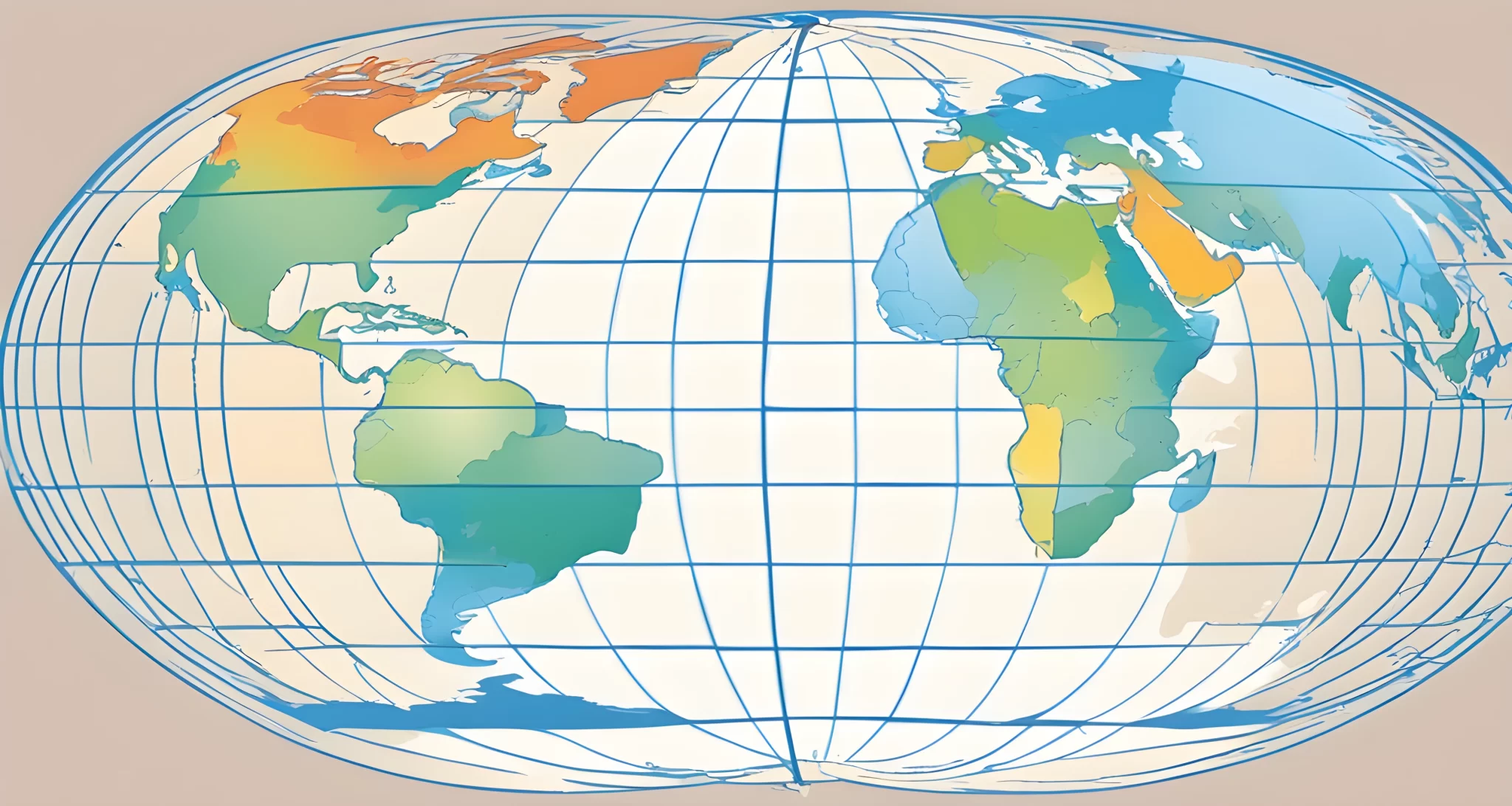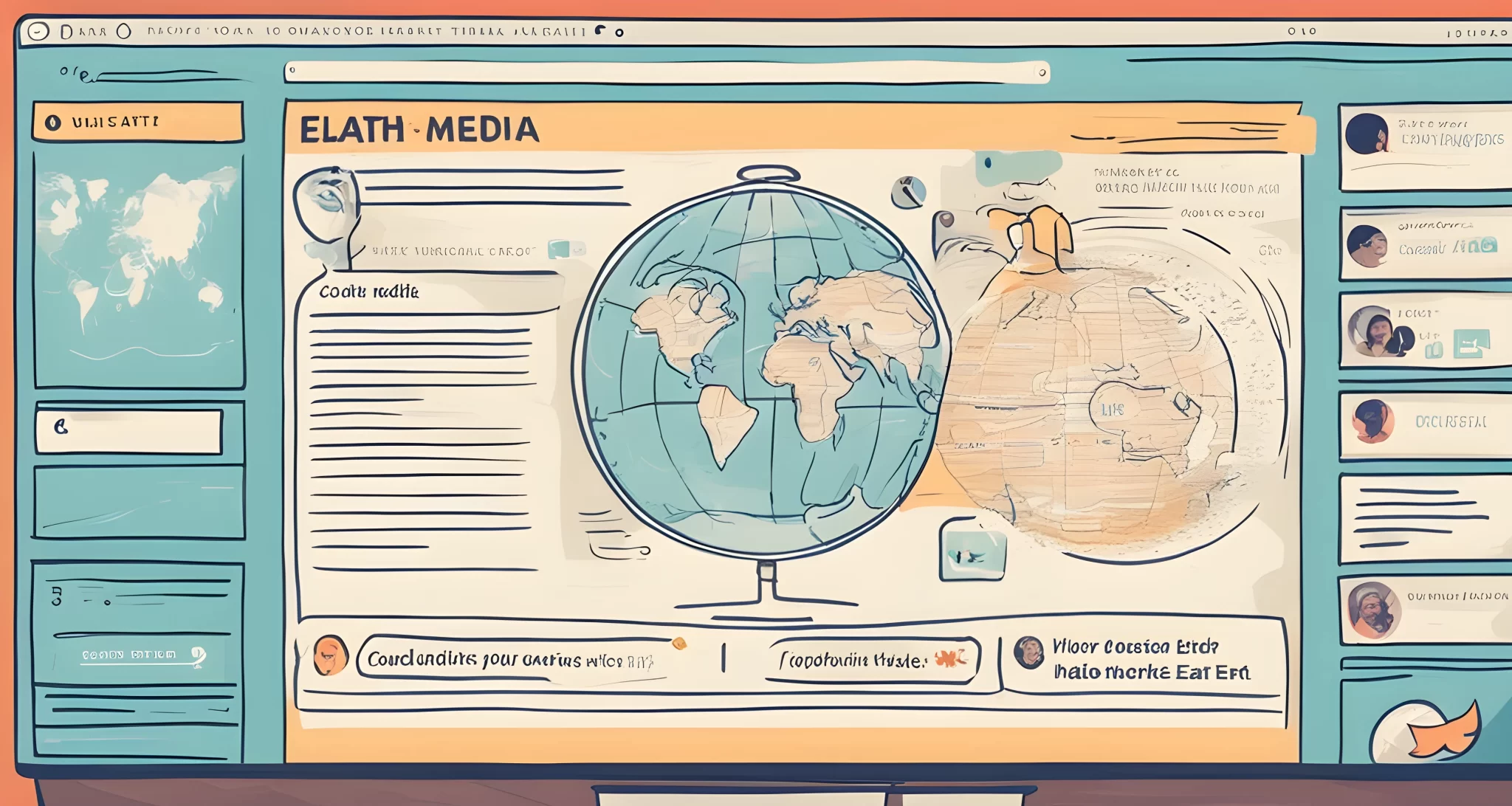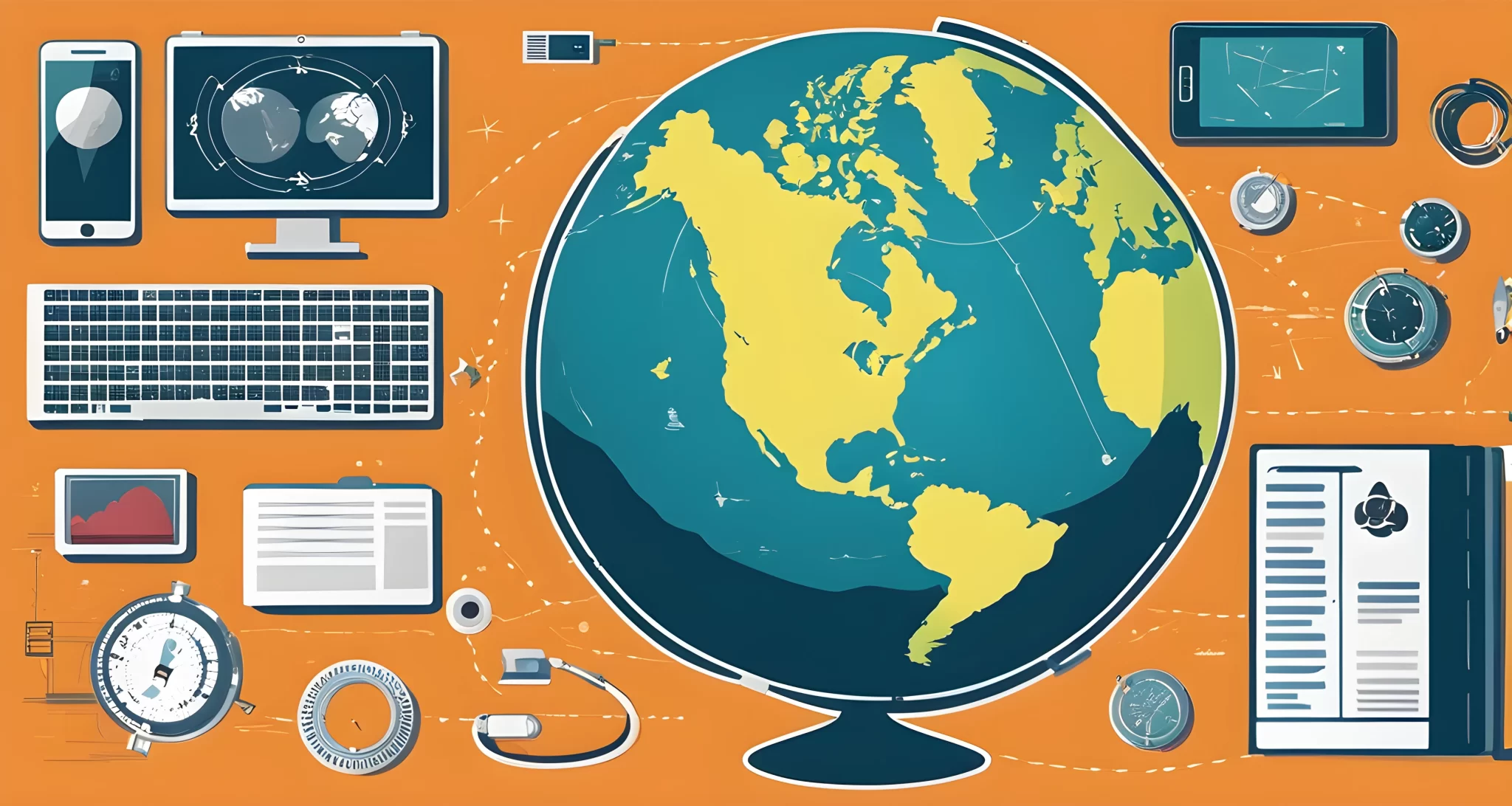Introduction
The concept of a flat Earth has persisted throughout history, despite overwhelming scientific evidence to the contrary. This theory was prevalent in ancient cultures and reinforced by the movements of the Sun, Moon, and stars, which appear to rise and set relative to a flat horizon, and by the stars’ apparent rotation in a dome overhead.
Ancient Beliefs
- Ancient cultures such as the Babylonians, Egyptians, and Greeks held beliefs in a flat Earth.
- The movement of celestial bodies across the sky seemed to support this belief.
Modern Evidence
- Scientific evidence, such as satellite imagery and space exploration, clearly shows the Earth as a spherical object.
- The curvature of the Earth can be observed from high-altitude flights and space missions.
Persistence of Flat Earth Beliefs
- Despite overwhelming evidence, modern-day believers continue to advocate for a flat Earth.
- The influence of social media has contributed to the spread of this theory.
For example, UFO Event in Arizona has created mass hysteria and conspiracy theories that have contributed to the persistence of flat Earth beliefs.
The continued prevalence of this theory raises questions about how misinformation spreads and how it can be effectively addressed.

The Origins of the Flat Earth Theory
In the 19th century, the flat Earth theory was revived as a backlash against rapid scientific progress. Samuel Birley Rowbotham led a commune that believed in a circular disk with the North Pole at the center and a wall of ice surrounding the edges. This idea gained traction as a form of resistance to the changing world around them.
The Flat Earth Society
- Samuel Birley Rowbotham’s ideas were later taken up by the Flat Earth Society, a small fringe group in Britain that gained international attention with the advent of the Internet and social media.
- The society attracted individuals who were skeptical of mainstream scientific thought and sought to find a sense of community with like-minded individuals.
This resurgence of interest in the flat Earth theory speaks to the enduring influence of cultural and societal factors on belief systems. It also highlights the impact of social media and internet connectivity on niche movements, allowing them to reach a wider audience.
For further exploration of how cultural and societal impacts can shape belief systems, check out Impact of false memories article.

Modern-Day Flat Earth Believers
The modern flat Earth movement is characterized by a lack of trust in official scientific sources and a tendency to perpetuate conspiracy theories. Many flat Earth believers reject conventional laws of gravity and instead propose alternative explanations for the appearance of a curved horizon, such as a flat Earth that accelerates upward to create the illusion of gravity.
Lack of Trust in Official Sources
- Flat Earth believers often distrust established scientific institutions and rely on alternative sources of information.
- This skepticism leads to a rejection of evidence that contradicts their beliefs, further perpetuating the flat Earth theory.
Propagation of Conspiracy Theories
- Many modern flat Earth believers embrace conspiracy theories that allege widespread deception by governments and scientific organizations.
- These theories contribute to the persistence of the flat Earth movement, fueling mistrust in official narratives.
Alternative Explanations for Gravity
- Rather than accepting traditional understandings of gravity, flat Earth proponents propose unconventional explanations for the phenomenon.
- Their rejection of mainstream science contributes to the ongoing spread of the flat Earth theory.
The influence of social media has played a significant role in amplifying the voices of modern-day flat Earth believers, allowing their ideas to reach larger audiences and gain traction. This has contributed to the continued presence of the flat Earth theory in contemporary discourse.

Debunking the Flat Earth Theory
Despite the persistence of the flat Earth theory, it is important to address the overwhelming evidence that debunks this belief. The public’s mistrust of scientific institutions and the appeal of conspiracy theories have contributed to the continued influence of this theory on a small group of people. However, it is crucial to highlight the following points in debunking the flat Earth theory:
-
Scientific Evidence: The overwhelming evidence from various scientific disciplines, including astronomy, geology, and physics, supports the fact that the Earth is an oblate spheroid. This evidence includes satellite images, GPS technology, and observations of celestial phenomena.
-
Historical Perspective: Throughout history, numerous explorers and scientists have provided empirical evidence that supports the spherical shape of the Earth. This includes ancient Greek astronomers, circumnavigators like Ferdinand Magellan, and modern-day astronauts who have witnessed the curvature of the Earth from space.
-
Logical Fallacies: The flat Earth theory often relies on logical fallacies and misinformation to support its claims. It is essential to critically examine these arguments and address them with factual information.
By addressing these points, it becomes evident that the flat Earth theory lacks substantial evidence and is primarily supported by mistrust and conspiratorial thinking. For more information on conspiracy theories, including their impact on society, check out False flags not mere theories.

The Influence of Social Media
In recent years, the flat Earth theory has experienced a resurgence, largely due to the influence of social media platforms. With the ability to reach millions of people in an instant, social media has provided a powerful platform for flat Earth believers to spread their message and recruit new members to their cause.
The Rise of Online Communities
- Online forums and groups dedicated to the flat Earth theory have flourished on platforms like Facebook, Reddit, and YouTube, providing a sense of community and validation for believers.
- These communities often share videos, articles, and personal experiences that support the idea of a flat Earth, creating an echo chamber effect that reinforces their beliefs.
Spreading Misinformation
- Social media has allowed flat Earth content to reach a wider audience, making it easier for misinformation to proliferate.
- Algorithms that prioritize engagement have also contributed to the spread of flat Earth content, as sensational and controversial ideas tend to generate more interactions.
Impact on Public Perception
- The easy accessibility of flat Earth content on social media has led to an increase in public awareness of the theory.
- While many dismiss it as absurd, others may be swayed by the persuasive arguments and seemingly convincing evidence presented online.
The influence of social media cannot be underestimated when considering the persistence of the flat Earth theory in modern times. Large Hadron Collider alternate realm

Combating the Flat Earth Theory
In order to combat the persistence of the flat Earth theory, it is crucial to address the lack of trust in scientific sources and present evidence that contradicts the claims made by flat Earth believers. Here are some key strategies to combat this theory:
-
Educate on Scientific Principles: It is important to educate the public on the principles of science and critical thinking. Providing education on topics such as gravity, the curvature of the Earth, and satellite imagery can help dispel misconceptions about the shape of our planet.
-
Promote Trust in Scientific Sources: Encouraging trust in reputable scientific institutions and sources can help combat misinformation. Providing access to credible scientific research and data can help individuals make informed decisions.
-
Addressing Misinformation on Social Media: Given the influence of social media, it is essential to address misinformation and promote accurate information through platforms such as Facebook, Twitter, and Instagram.
By implementing these strategies, we can work towards combating the spread of the flat Earth theory and promoting a better understanding of scientific principles.
For more information on misinformation and its impact, check out our article on Power over government.

Conclusion
In conclusion, the persistence of the flat Earth theory is a complex phenomenon that has been influenced by a variety of factors. From its ancient origins to the modern-day believers, the theory has continued to capture the attention of many individuals around the world. Despite efforts to debunk the theory, it has managed to gain traction and followers, in part due to the influence of social media.
The rise of social media has provided a platform for fringe groups like the Flat Earth Society to spread their beliefs and connect with a wider audience. The rapid spread of misinformation and conspiracy theories on these platforms has also contributed to the longevity of flat Earth theory.
As we continue to combat this persistent belief, it’s important to consider how technology and social media have played a role in its proliferation. By understanding these influences, we can work towards addressing the underlying factors that contribute to the continued popularity of flat Earth theory.
For more information on related paranormal beliefs and theories, check out our article on Supernatural access via Ouija board to explore another intriguing aspect of unexplained phenomena.
FAQ
What is the flat earth theory?
The flat earth theory posits that the earth is a flat disk, a concept that has persisted throughout history despite scientific evidence to the contrary.
Why does the flat earth theory persist?
The persistence of flat earth theory is attributed to factors such as mistrust of scientific institutions, the appeal of conspiracy theories, and the ease of spreading misinformation through technology and social media.
Who revived the concept of a flat earth in the 19th century?
The concept of a flat earth was revived in the 19th century by a british writer named samuel birley rowbotham, who led a commune that believed in a circular disk with the north pole at the center and a wall of ice surrounding the edges.
What characterizes the modern flat earth movement?
The modern flat earth movement is characterized by a lack of trust in official scientific sources, a tendency to perpetuate conspiracy theories, and the rejection of conventional laws of gravity in favor of alternative explanations.
